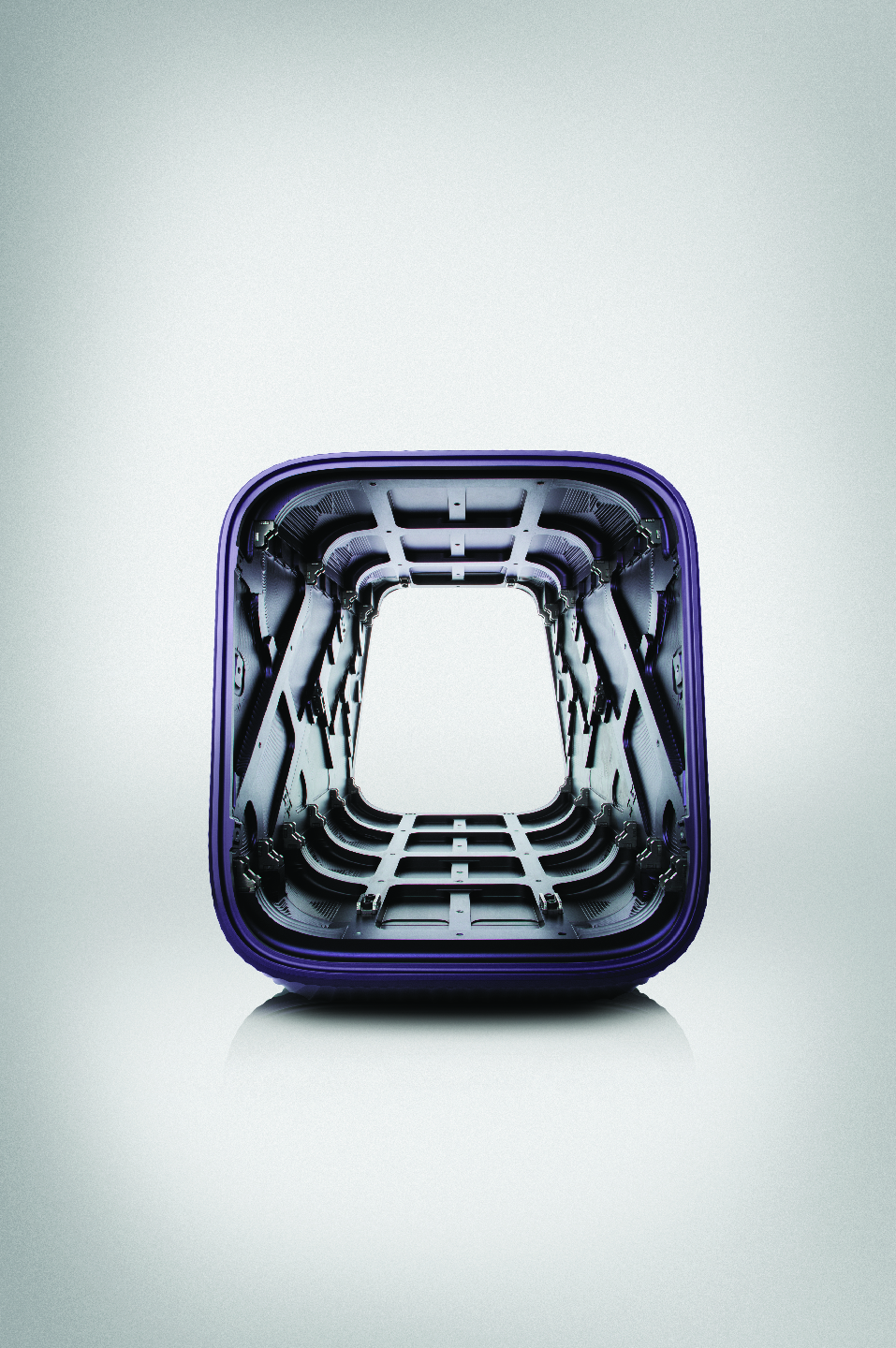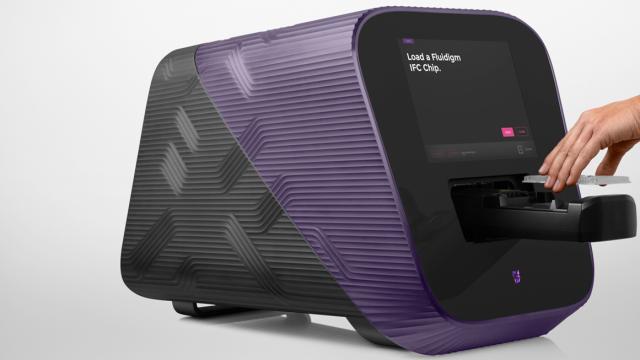Odds are good you know industrial designer Yves Behar’s work, even if you don’t know his name. Behar’s studio, fuseproject, has designed fitness trackers, wireless speakers, smart locks and vibrators. His latest project won’t be used by everyone — but that doesn’t mean we won’t benefit from it.
Behar recently teamed up with Fluidigm to oversee a major overhaul for the biotech tools company. It’s a somewhat niche client without the universal appeal of some of his more the high-profile consumer projects. In addition to the brand strategy and web revamp — all standard stuff for fuseproject — the creative group also developed Juno, a sleek new machine created to simplify workflow and streamline the time lab technicians spend monitoring SNP genotyping tests.
So what the heck is SNP genotyping, and why did Behar jump at the chance to redesign the tool used to test it? Genotyping is how scientists measure genetic differences within species. SNP stands for single nucleotide polymorphism, and the National Institute of Health calls them “the most common type of genetic variation among people.” The SNPs in your DNA can tell scientists a lot about you — for example they can help doctors identify markers for diseases. Scientists are working to figure out how SNPs are related to everything from cancer to heart disease.
The machine Behar redesigned, Juno, is the tool scientists use to test those SNPs. It looks like the rebellious child of a gaming computer and front-loading toaster oven from the USS Enterprise (TNG, probs). It looks totally different from the drab cream-and-soft-blues that dominate labs, and comes apart in the middle to make maintenance less of a challenge. The geometric swirls on the frame are reminiscent of the postcard-sized DNA cartridges that get loaded into the device; each of those are embedded with what Behar described to me as “hundreds of racetracks,” and he incorporated the concept into the aesthetics of the structure.

These kind of touches might seem superfluous, but according to Fluidigm president and CEO Gajus Worthington, the fresh aesthetic is a big deal. “If you look at the machines our customers use — these are researchers at Stanford, Pfizer, and Genentech; clinicians at Memorial Sloane Kettering Cancer Center; Nobel Prize-winning scientists — they look like copiers, refrigerators, and the occasional printer,” Worthington told me.
So basically: Boring. “Not many companies [in our industry] think about design. They kind of assume that scientists don’t really care, but hey: Scientists are people, too. They’re just like everybody else.” Even if they’re purely functional, these very important products and tools should be cool, accessible, and — gasp — even kind of fun to use.
So it makes sense that UX was another hugely important element of Behar’s focus. “A lot of these existing machines have to be programmed with a keyboard, or need custom scripts written to function,” Worthington said. “That’s not what our customers should be doing. They should be saying: ‘How does this all make sense?’ We thought it would be significant if instead of having to program the instrument they could just operate it.” Juno’s clean, straightforward interface doesn’t differ much from what you might find on a smartphone app — touchscreen and all — meaning much less effort will be spent navigating a needlessly complex system and much more will be spent with the results.

Worthington has reason to be optimistic about the response to Juno. His company’s “baby step” into the realm of industrial design was the C1 Single-Cell Auto Prep System, which he said was a “somewhat progressive” look for the field. Turns out lab techs went nuts for it, even going so far as taking smiling selfies with the machines and sending them in to show how happy they were about this new kind of hands-on.
“These labs are hallowed places where discoveries will be made that will change the world,” Worthington says. “The people working in them be treated to experiences that are nothing less than superlative.” Juno’s job is to make that experience superlative — and, hopefully, play a small role in this cutting-edge medical industry. [fuseproject; Fluidigm]
